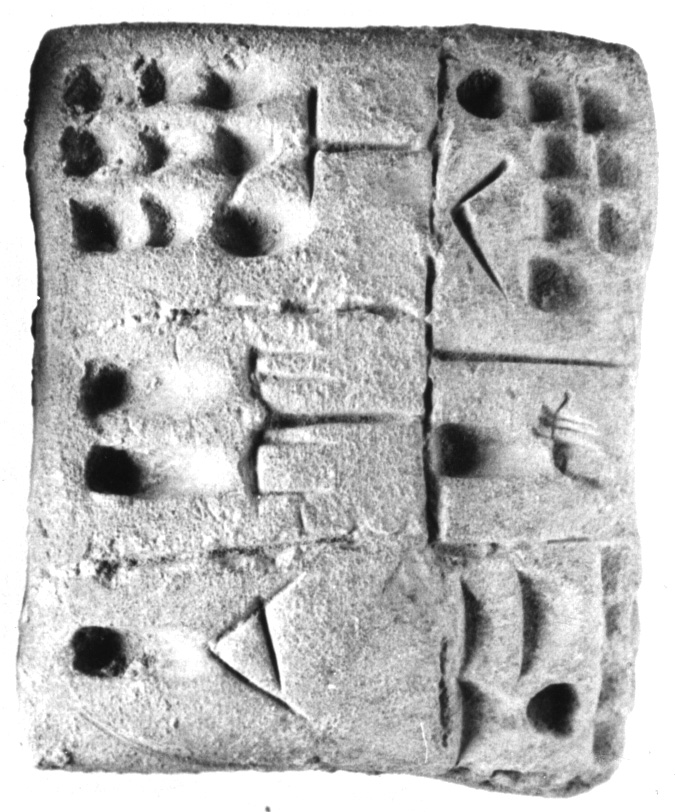
 |
| Tablet (P003093), Uruk, ca. 3350-3200 BC |
Proto-cuneiform GADA~a 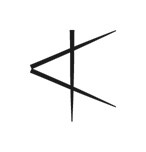 (flax, linen)
(flax, linen)
The cemetery called HK43 at Hierakonpolis, belonging to the non-elite (or workers) segment of the predynastic population, is located on the southern side of the site beside the Wadi Khamsini. Only 9% of all the burials in the HK43 cemetery were found intact.
The spinners and weavers of Hierakonpolis at the very beginning of the Naqada II period were in the midst of a technological change - a transitional stage when the early technique of yarn preparation was being superseded. The textiles so far examined from the Predynastic cemetery at HK43 (Naqada IIB) are all produced from yarns spun by the new method.
Mummy HK43 Burial 71
The first wrapped or padded body was found undisturbed in Burial 71 in 1997. This young woman (she wore her hair short leading to initial confusion that she was a man) had been covered with matting and buried with eight pots, one still with its lid in place. In one, placed behind her head beneath the matting, were round loaves of bread, which contain very few actual grains, being composed mainly of chaff. Beneath the matting, her body was covered in a linen shroud.
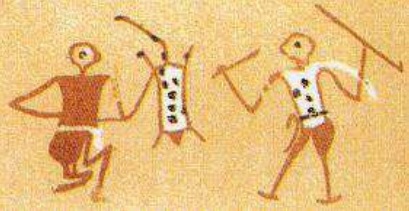 |
| Wall painting from Tomb 100 at Hierakonpolis, ca. 3500-3200 BC |
The bread loaf stands for the letter T in Hieroglyphics
Mummy HK43 Burial 16
Burial 16 was another padded burial, although heavily plundered. It belonged to an older woman (c. 30+ years) whose long hair was extremely well preserved beneath the 10cm thick linen pads. Her graying locks had been dyed, as analysis has shown, with henna (Lawsonia inermis). Carefully knotted in to help fill out those graying and thinning locks were hair extensions. Unlike the other burials, it also seems as if the entire head was padded given the large clumps of padding adhering to her hair.
 |
| Wall painting from Tomb 100 at Hierakonpolis |
Mummy HK43 Burial 85
Burial 85 belonged to a young woman (16-20 years). She was discovered intact, still fully covered by a double layer of matting. Beneath the matting, her hands and lower arms had been padded with thick bundles of linen and then wrapped. Careful removal of the upper layer of matting and linen pads around the head resulted in the preservation of her entire head of hair, revealing a shoulder-length style of natural waves extending c.22cm from the crown of the head with a left side parting and asymmetrical fringe made up of S-shaped curls bordering the forehead. In addition to the excellent preservation of the cranial hair, the right eyebrow also survived.
Her throat bore cut-marks indicating that her throat had been slit (but not decapitated) before the neck area was covered with linen pads. Cut marks were not found on any of the other wrapped bodies. Her burial contained no grave goods in the usual sense.
The thick pads of resin-soaked linen were carefully placed around the jaw and hands still in place in all three burials. These pads have also been recovered from tombs in the elite cemetery at HK6.
Mummy S. 293 (Museo Egizio, Torino)
The mummification process of Mummy S. 293 took place around 3600 BC on a male, aged between 20 and 30 years when he died. His temple shows a healed fracture. The funerary textiles had been coated in a mix of a plant oil, a gently-heated conifer resin, an aromatic plant extract and a plant gum or sugar. The identification of conifer resin within the mummification brew means that ancient Egyptians made use of the same antibacterial properties of the resin that living trees use to defend themselves from microbial attack and insects.
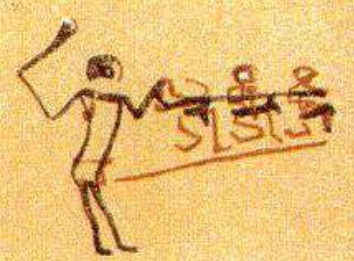 |
| Wall painting from Tomb 100 at Hierakonpolis |
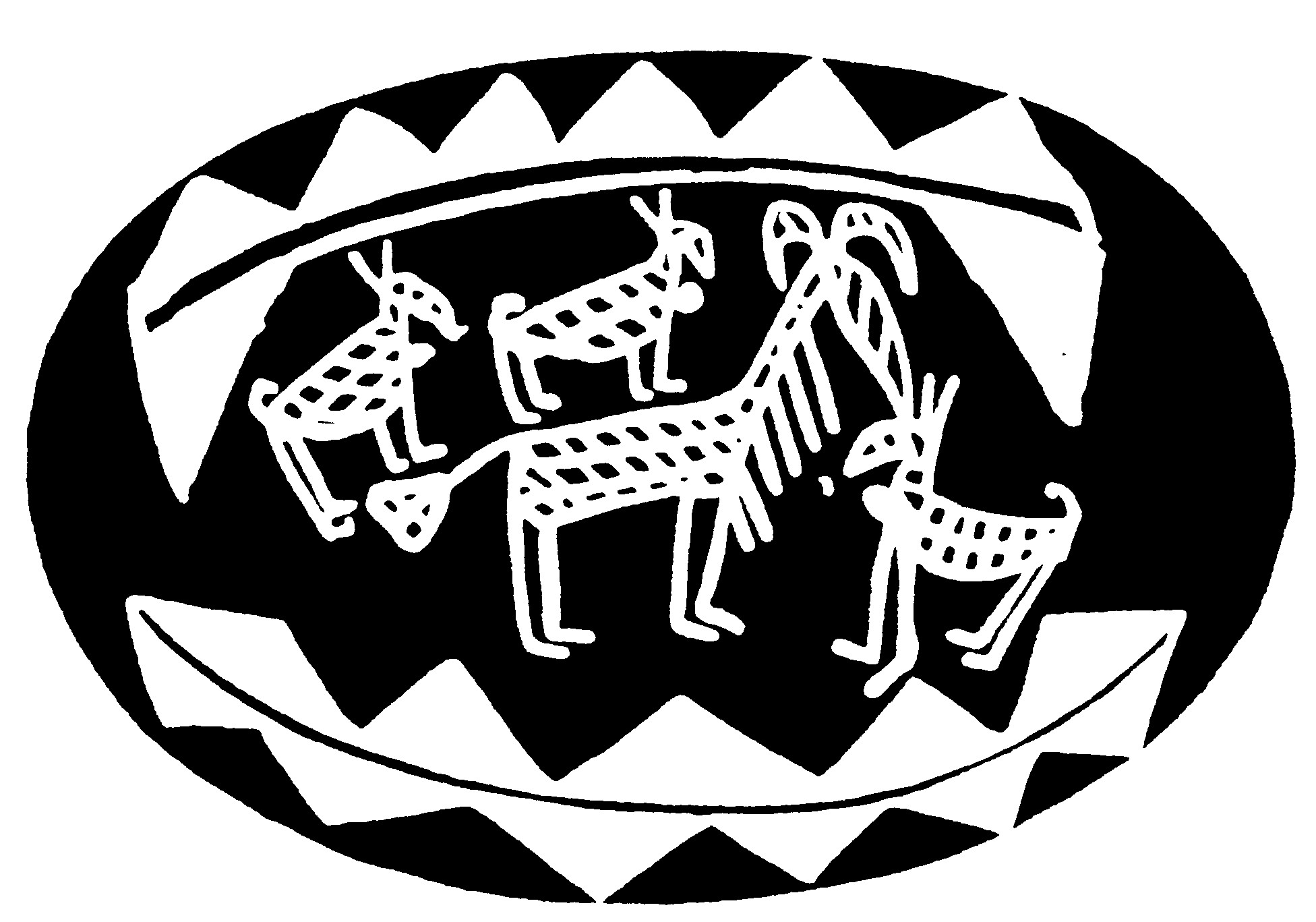 |
| Barbary sheep attacking one of three dogs on C-Ware bowl, Gebelein (?), Naqada IA-IIB period |
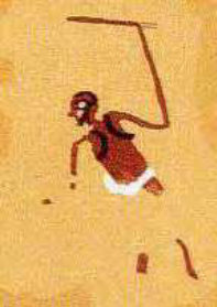 |
| Wall painting from Tomb 100 at Hierakonpolis |
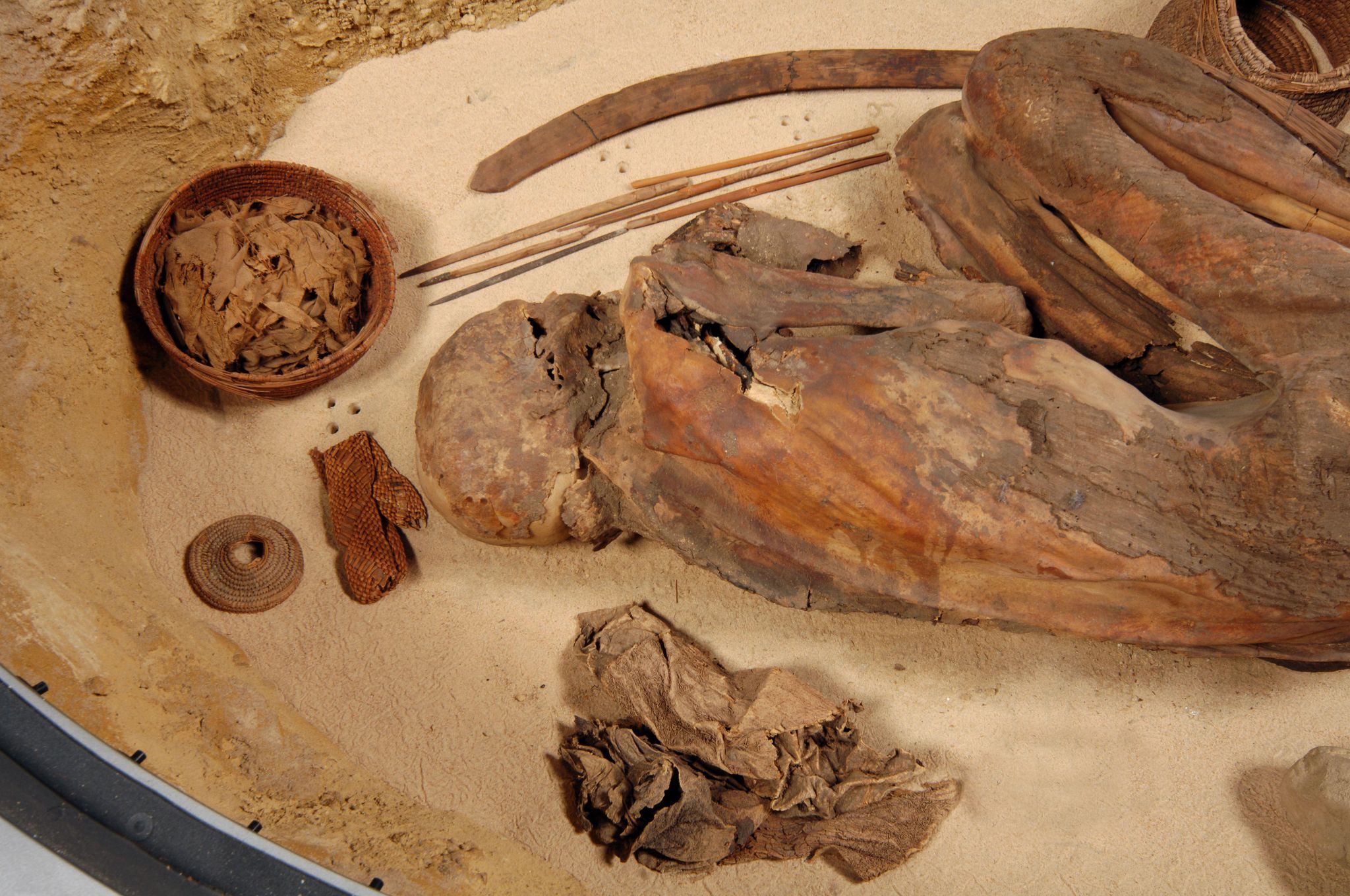 |
| Mummy S. 293 (Museo Egizio, Torino), ca. 3600 BC |
References:
https://cdli.mpiwg-berlin.mpg.de/artifacts/39932024/06/02 Takahiko Nakagawa